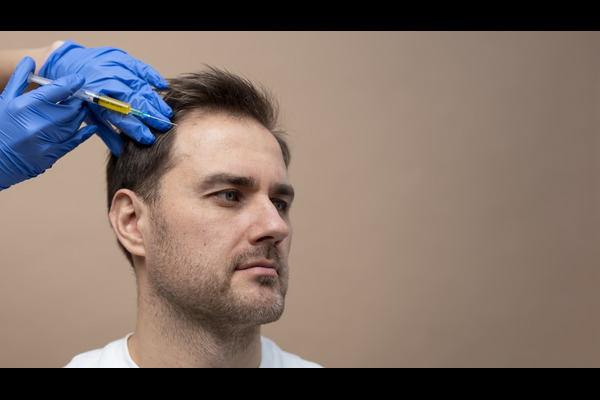
History of Hair Transplant
The history of hair transplant in the modern era can be traced back to New York, where the first transplant was performed. The credits of introducing the history of hair transplant go to Dr Norman Orentreich who in 1952 had performed the first-ever hair transplant surgery for patients with male pattern baldness in New York City. In one of his submissions, he had penned down the term “donor dominance”. The term was coined only to explain the basic principle of hair transplantation, wherein it was mentioned that the transplanted hair shows the same characteristics of the hair from where it was originally taken.
If you trace your time back to 1897, then you will find details about Menhamen Hodara who had successfully implanted hair after taking it from the unaffected areas of the scalp.
Prior to Norman’s surgery, there were many presumptions that the donor area from where the hair is extracted does not display any more hair after the implantation. But with his submission regarding “donor dominance”, the thinking changed. The new hair displayed the same characteristics as that of the original area from where the hair was taken.
For years surgeons kept on working on transplanting small grafts which made a patient's head look like that of a doll. Gradually, in 1980 plug technique got replaced by strip excisions. In a single sitting, only thousands of grafts started being used in the United States by a doctor named William Rassman. Later in the 1980s, the use of stereo-microscope began under the supervision of B.L. Limmer. This method was employed to dissect a single strip from the donor area.
In 1984 the technique of using small grafts from the donor area began to be used in the field of hair restoration. This technique was known as “mini-grafting”. Previously, hair grafts were directly taken out from the backside of the scalp. Then began the process of taking smaller grafts of minimum 1-2 hair to soften the hairline in the front. The technique of “mini-micro grafting” came into existence when the mini-started being placed in the centre of the scalp while the micro-grafts were placed all around the mini-grafts in order to give a patient’s head a more natural look. Gradually, the mini-micro grafting became a replacement for the usual plug technique, as well as it became a form of hair restoration surgery.
Then somewhere around the middle of the 1990s, another technique called the “mega-sessions” started gaining popularity. Here nearly around 2500 or even more grafts were moved in just one sitting. Mega session hair transplant procedure started getting recognized as one of the modern and advanced ways to achieve growth of hair in a short span of time. One of the benefits of mega sessions was that there appeared less scarring of the donor area. It was also considered that due to the mini-micro grafting, the skin showed larger wounds amongst many other side effects.
The procedure of follicular unit hair transplant gradually began to evolve. The incisions became less incisive wherein surgeons are able to place larger grafts in a single area. the history of hair transplant, in particular, the Follicular Unit Transplantation (FUT) got introduced in 1995. The masters of this technique were Dr Bernstein and Dr William Rassman. In FUT, in order to obtain follicular units from the donor strip, microscopic graft dissection is done.
In the beginning, FUT was welcomed but with scepticism. The entire procedure was resisted by the members of the hair transplantation community. But with time, when many patients started getting good and positive results after the performance of FUT on them, the mindset of everyone gradually changed. Now FUT became a patient’s first choice.
The masterminds behind the FUT gradually started working on an idea regarding the removal of follicular units from the donor area using a direct punch. This idea then became a concept which later on got introduced as Follicular Unit Extraction (FUE). FUE, later on, got published in a publication (Follicular Unit Extraction: Minimally Invasive Surgery for Hair transplantation) in 2002.
FUE is said to be one of the two methods of obtaining follicular units. The other method is the Strip Harvesting method wherein the units are directly extracted from the patient’s donor area and that too one at a time.
In FUE, an instrument is used in order to make a small, circular incision around the follicular units. The unit is then pulled out or extracted from the scalp. The extraction leaves a tiny hole that heals in a few days’ time. The entire process is repeated until and unless a sufficient number of follicles are not obtained.
In India, FUE was introduced in 2008. Previously in India, not many surgeons were available to perform hair transplantation surgery. Thus, many international companies began to establish their base in India. Such establishment helped in the introduction of the latest technologies whereby many bald patients were finally able to look in the mirrors to admire their hair instead of a bald head. Kaayakalp Cosmetic and Laser surgery Clinic is the best hair transplant clinic in Kolkata. Visit their website for more information.








